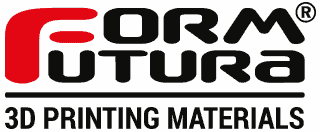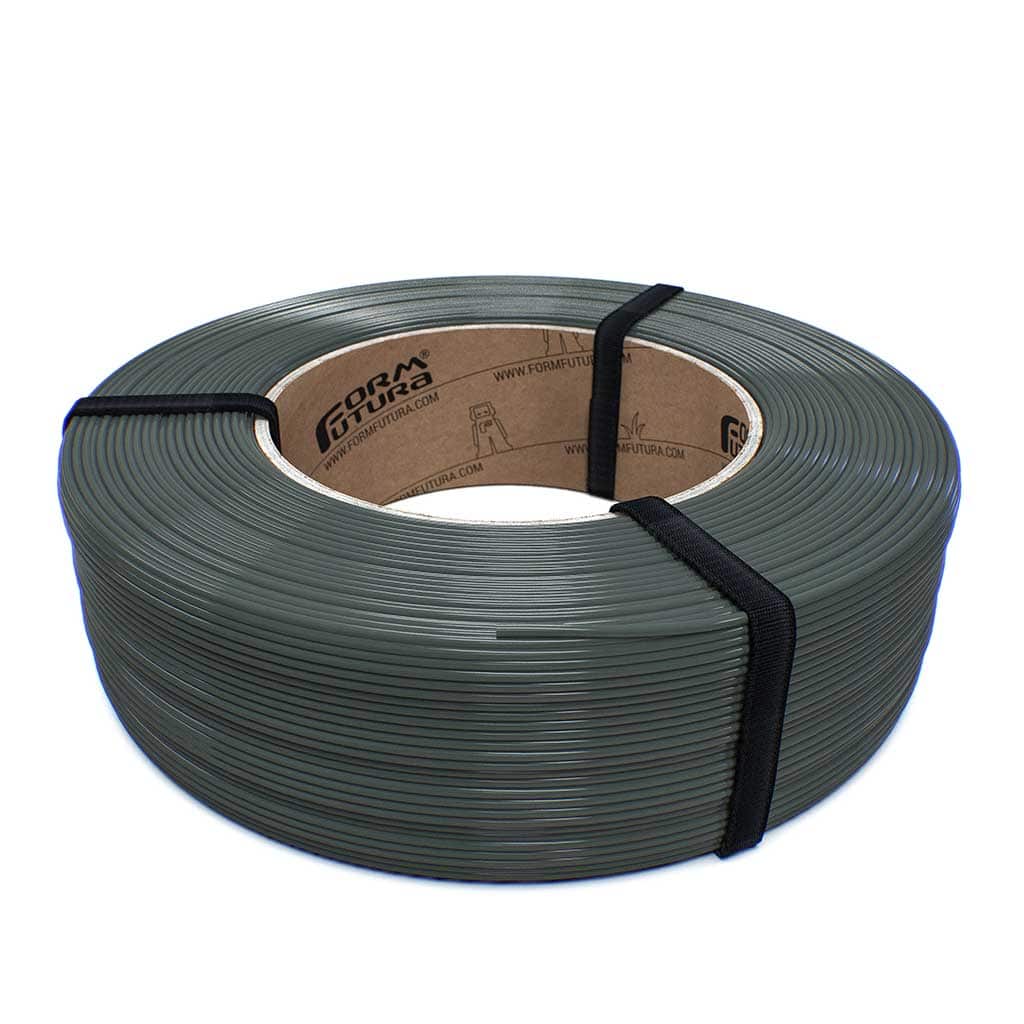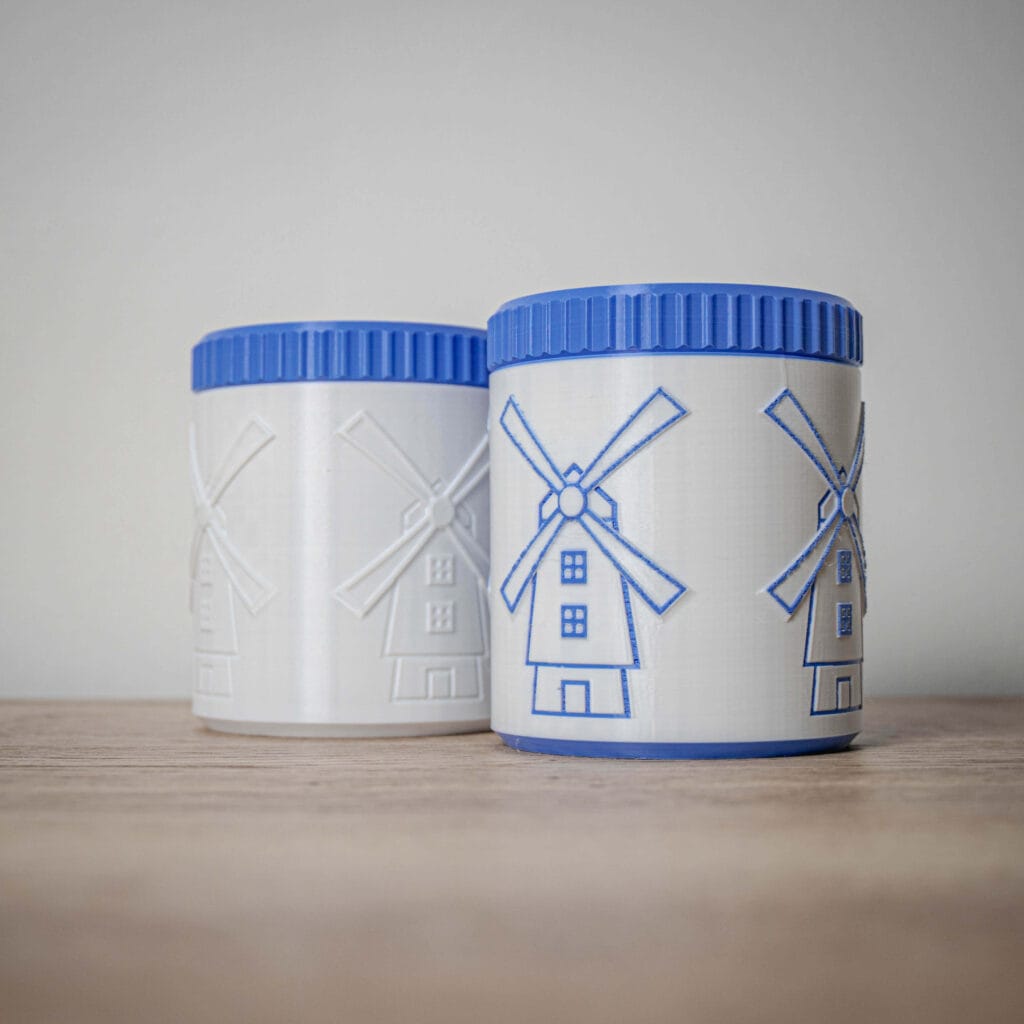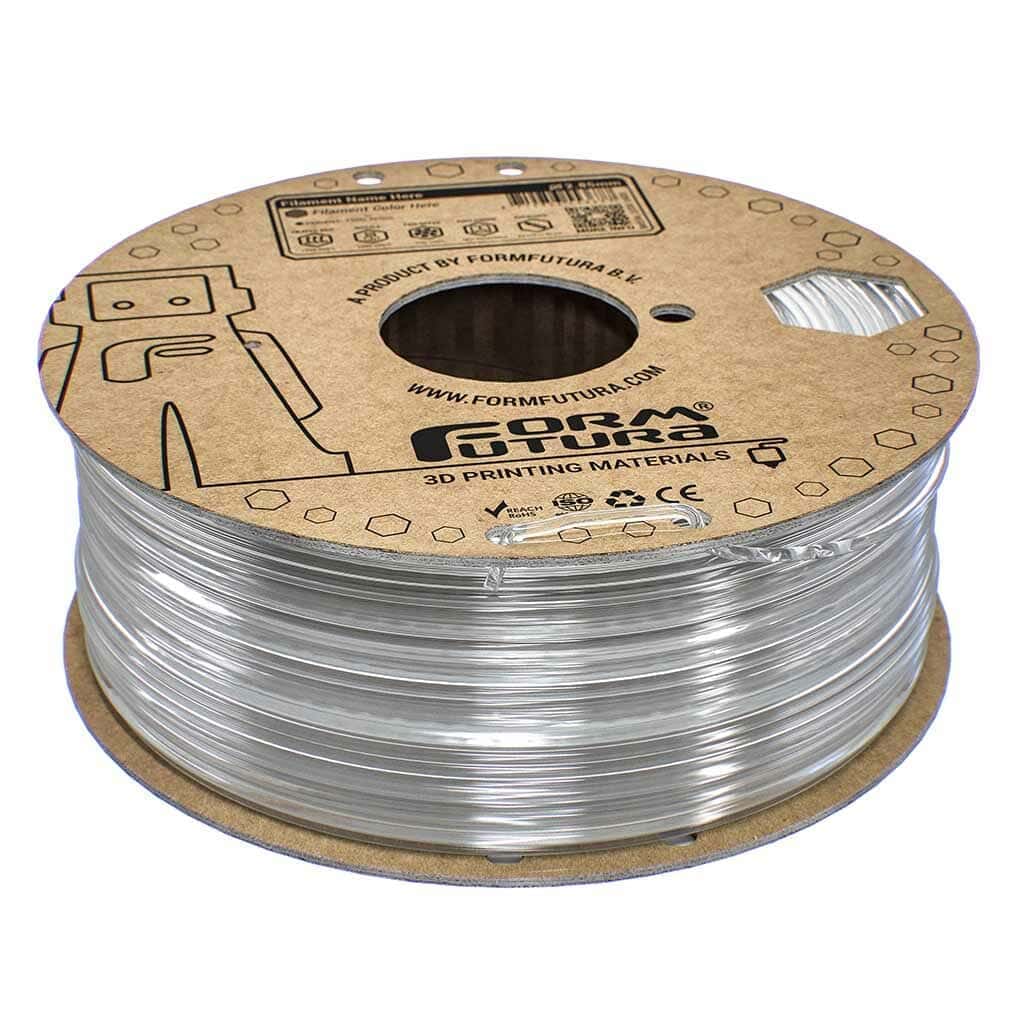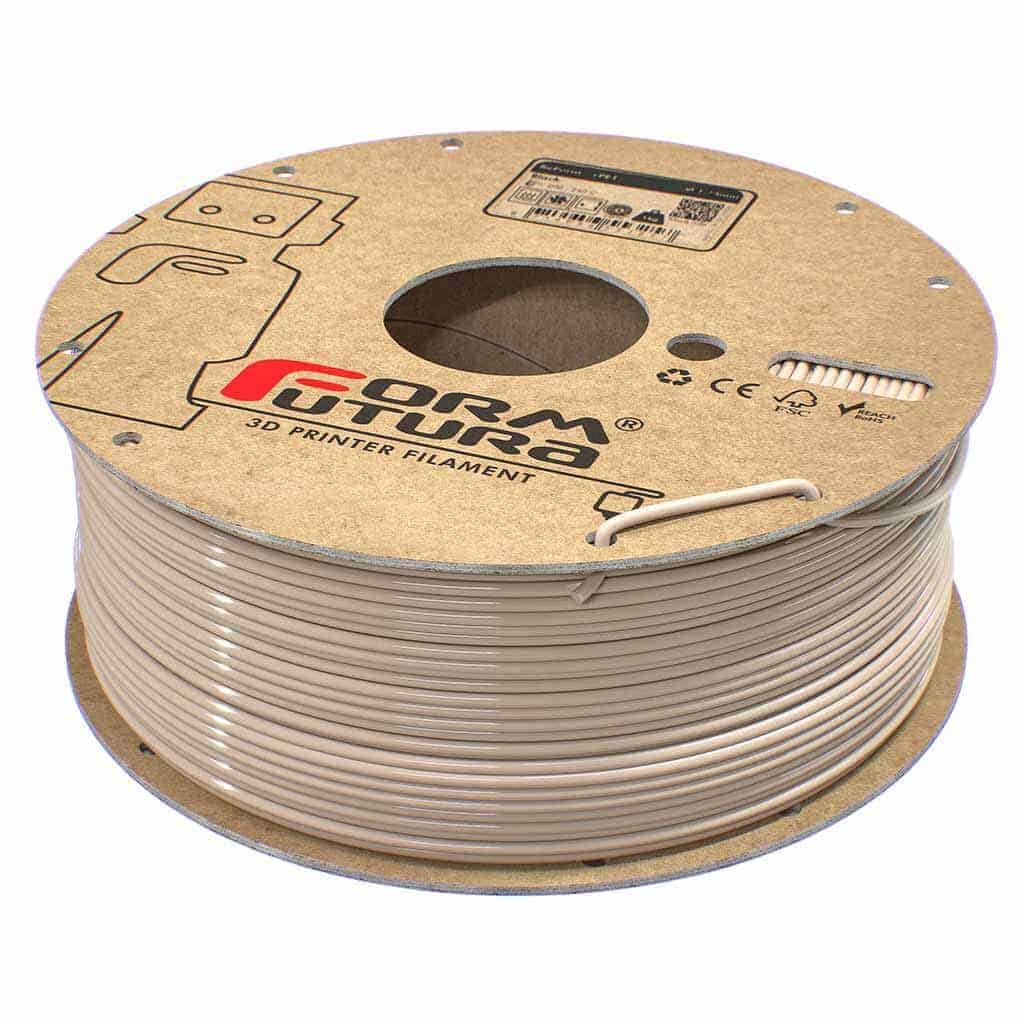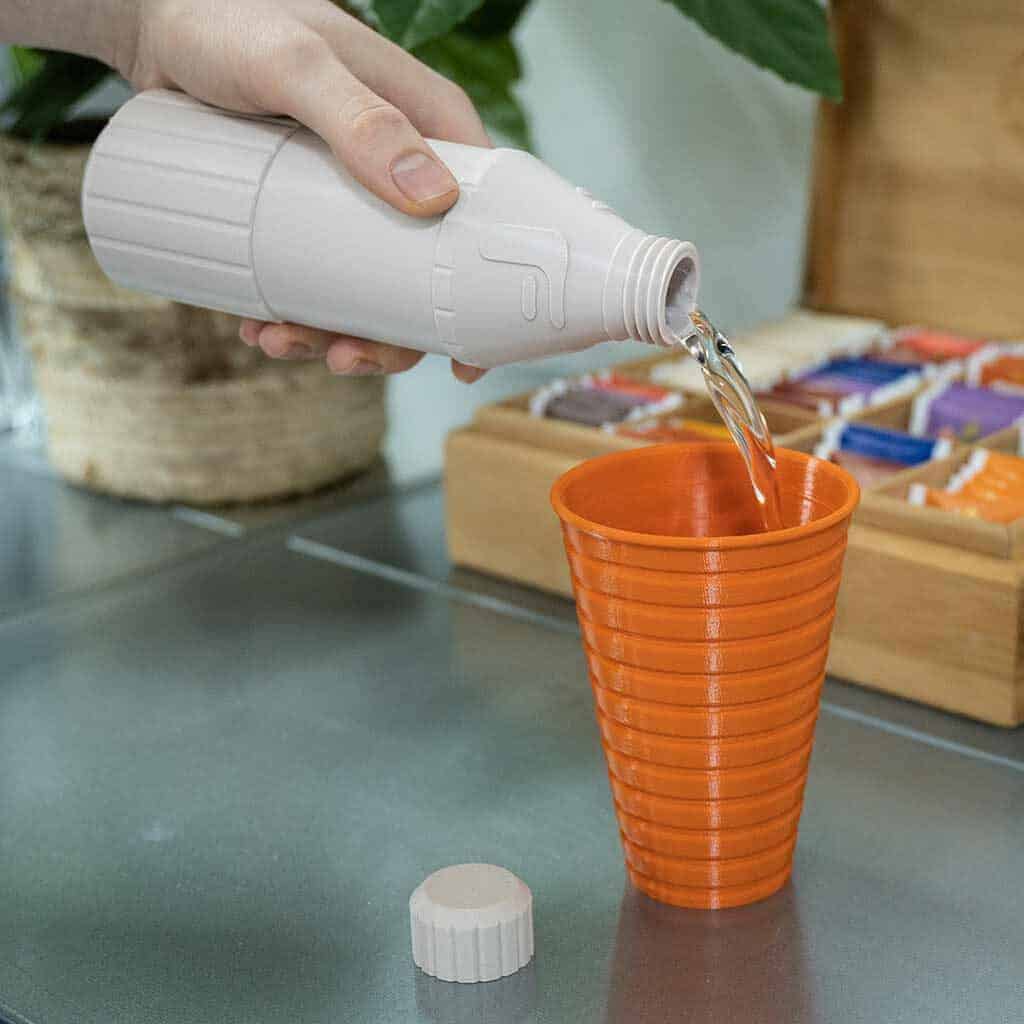Why 3D Print with PETG?
PETG filament is a winning combination of user-friendliness and eco-consciousness, making it a great choice for both beginners and experienced 3D printers. That in this blog how to print - PETG we go over everything you need to know to get started!
3D Printing with PETG requires a printing temperature similair to other materials. Additionally, PETG is readily available in various colors and types, making it widely accessible for diverse projects. With its ease of use, and eco-friendly aspects, PETG is the ideal way for a smooth and sustainable 3D printing experience.
Slicer settings for PETG
Dialling in your settings for PETG printing unlocks the full potential in how to print PETG. Here's a breakdown of the key factors for each filament type:
Temperature: Aim for a printing temperature between 230°C and 245°C. Use a temperature tower to find the specific sweet spot for your filament roll. While a heated bed isn't mandatory with PETG, we highly recommend it for consistent performance. Set it between 80°C and 90°C, especially for larger prints, to prevent warping.
Surface Matters: Glass, PC, and PEI build plates offer good adhesion, with painter's tape improving glass bed adhesion. However, PEI shines with easy removal and strong adhesion without glue.
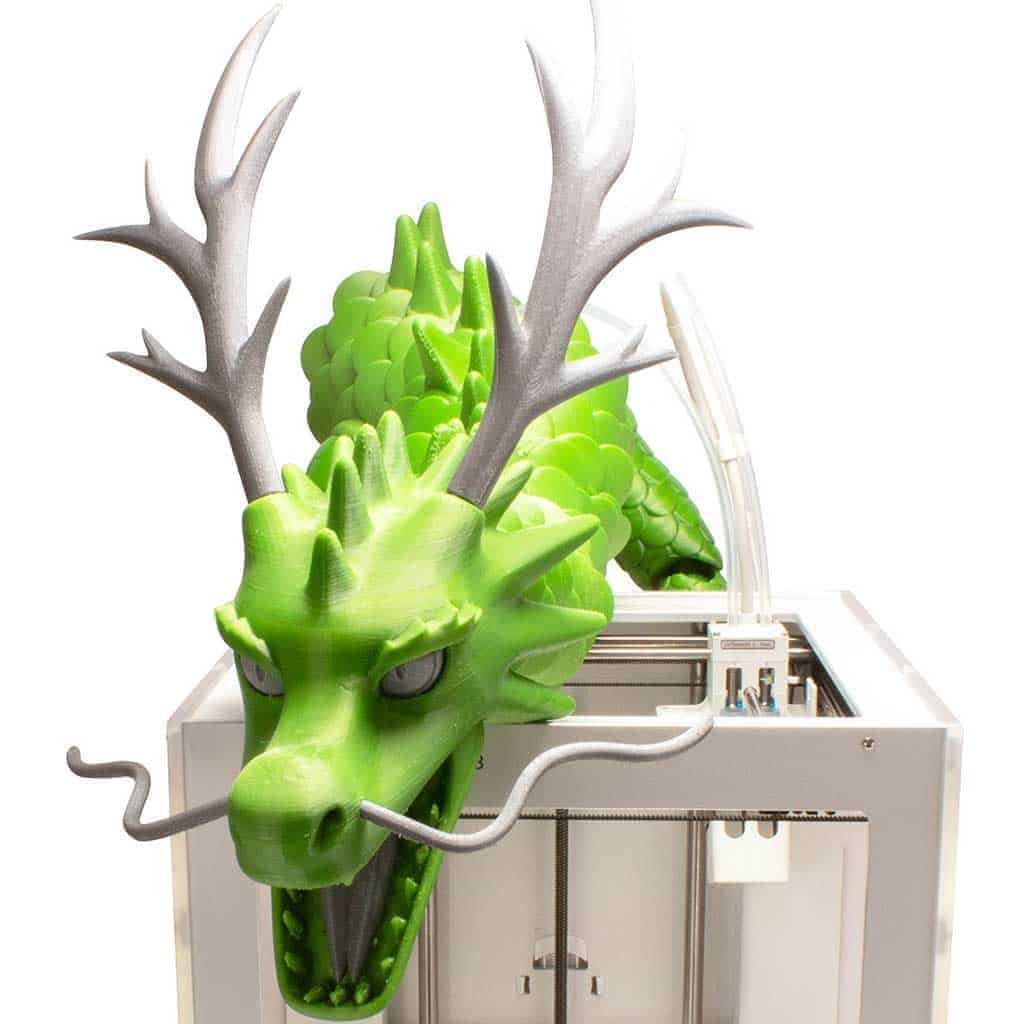
Speed it Up (But Not Too Much): Printing PETG within a range of 60-80 mm/s is ideal for most printers. This allows proper cooling and minimizes oozing. Standard Ender 3 printers perform best at 40-60 mm/s, while specialized printers like Voron or Bambu Lab can handle significantly higher speeds (up to 350+ mm/s).
Cooling is Key: Continuous part cooling is crucial to prevent oozing and warping. Reduce the fan speed to 50% for the first two layers to aid bed adhesion, and keep it between 0-30% for the remainder of the print.
Mastering Retraction: Retraction speed and distance are key for clean prints. Aim for 25-30 mm/s speed and 0.3-0.8 mm distance for direct drive extruders, and 6-8 mm distance for Bowden setups. Remember, these are starting points - fine-tuning with a retraction tuning test is recommended for optimal results with your specific setup.
By understanding these settings, you can unlock the full potential of PETG and achieve smooth, high-quality 3D prints.
How to Print PETG: Tips for Consistent Success
Here are some additional practices to ensure consistent success with PETG printing:
Moisture is Your Enemy: PETG is hygroscopic, meaning it absorbs moisture from the air. This leads to under-extrusion, brittle prints, and surface bubbles. Store and use your PETG dry to avoid these issues. Utilize tools like dry boxes, dehydrators, or specialized filament dehydrators for optimal results.
Fine-Tuning is Key: Slicer settings significantly impact print quality. Experiment with temperature, cooling, and retraction settings for optimal results. Tools like temperature towers and retraction tests help with calibration.
Embrace the Heat: While not mandatory, using a heated bed improves PETG printing. It reduces warping, corner lifting, and significantly enhances bed adhesion.
Quality Matters: Invest in FormFutura's high-quality PETG filament. Cheap options often suffer from poor quality control, leading to tangled filaments, inconsistent diameter, and additional issues like contaminants and additives. Read reviews, and check technical specifications to avoid problems and achieve better printing experiences.
ReFill PETG
FormFutura tackles waste in 3D printing with the ReFill 2.0 system. This innovative approach replaces spooled filament with coils on cardboard cores, secured by reusable flanges. You can even 3D print your own flanges! The ReFill system boasts a massive 80% reduction in packaging waste and cuts shipping volume by up to 55%, all while offering easy switching between filament colors and materials.
Recycle Program
As one of the few biodegradable 3D printing materials, PETG stands out for its sustainability. However, it's important to remember that the process might be slow, and responsible users should consider recycling their PETG prints whenever possible.
For more information about the FormFutura recycling program, click the button below
Recommended PETG
ReFill PETG
EasyFil ePETG
ReForm – rPET
HDglass
Related Article
PLA vs PETG – Which filament is right for me?
- Posted by FormFutura
